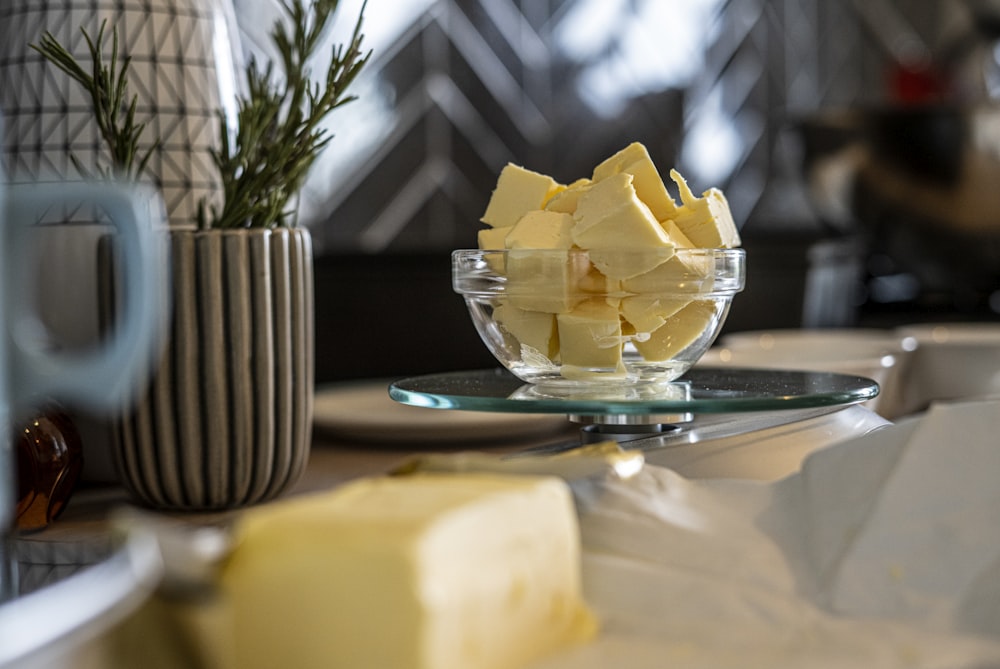Have you ever heard of a buttery wine? It seems like something that you wouldn’t find in wine. I mean one is a liquid and one is something you add to any food to make it taste delicious (fact). But this wine term is one that is quite common for a reason. It is something you will find in some wines more than others. So what does it mean for a wine to be buttery?
In Wine Terms Explained, we look into the weird wine terms that are out there and break them down into what you need to know. There are so many terms that make wine confusing, so by learning about them, you can get back to enjoying your wine!
So let’s dive into what is a buttery wine?
What is a buttery wine?
When thinking about a buttery wine, I think of it smelling and tasting like buttered popcorn. But it is more than just an aroma. Buttery can refer to a flavour, smell, texture, or combination of the three. In this article, we covered wines described as having a creamy texture, and the two are interlinked.
When a wine is too buttery, it can overwhelm the wine. Note the heavily oaked Chardonnays that had a moment and also put almost everyone off Chardonnay for a while. But when integrated subtly, these notes add nice complexities to a wine.
Wines with buttery characteristics tend to have lower acidity and rich flavours. They can have a cream-like texture that hits in the middle of your tongue with a smooth finish. They can also have flavours of vanilla, butter and coconut.
Where does this tasting note come from?
So where does butter in wine come from? The short answer is oak. When wines are aged in young oak barrels they impart sweet wood flavours into the wine that come across as vanilla or baking spices. These are sometimes linked to butter.
But the other impact is what happens with malo-lactic fermentation (read the full article on this here). Diacetyl is a compound that is a byproduct of malo conversion. During the process, malo-lactic bacteria convert malic acid (green apple acidity) to lactic acid (milk). The result is softer acidity and a rounder texture that complements a fuller-bodied wine. The presence of this lactic acid creates a creamy texture that is often associated with buttery wines.
Where do you find it?
So now that you know what it is, you should have a good idea of whether or not you like it. Whether you like the sound of it or want to avoid it, where will you find it?
The term is usually found in richer white wines, especially Chardonnay. Chardonnay is often aged in oak and is rich with little acidity if it is this style. These Chardonnays are rich, full-bodied and have flavours of vanilla, butter and caramel as well as a creamy texture. If this doesn’t sound great to you, opt for an unoaked style.
Other white wines that are aged in oak may have buttery notes. This includes Viognier, Pinot Blancs, white Rioja, some Marsanne/Rousanne blends and White French Burgundies. How much of this the wine has really depends on the time spent in oak, and how new the oak was.
Fun fact – technically most red wines will have buttery notes to some degree as they also go through malo conversion when aged in oak. But this is often very subtle in red wine and doesn’t normally get noticed.
What does it mean for a wine to be buttery, and is it a good thing?
So is buttery wine good? Well, as with most tasting notes, they are subjective. It is up to you whether it is a good thing or not. If you love the sound of a buttery wine, then seek it out in oaked white wine, particularly Chardonnay. If it doesn’t sound like your jam, opt for something more acidic and unoaked. Buttery is generally a positive thing when it is balanced out by other flavours in the wine. It is all about balance.

